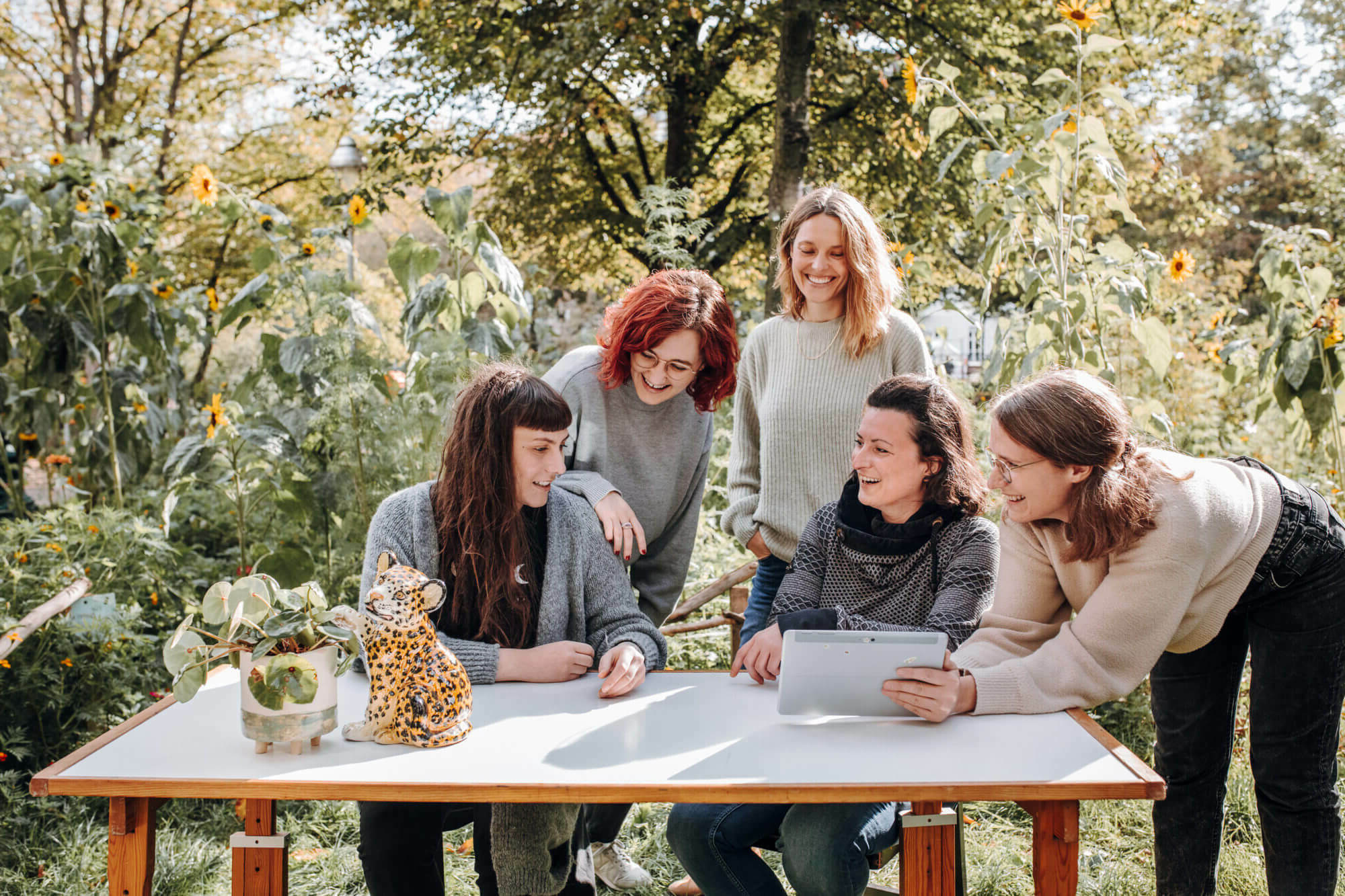We hope you enjoy learning about this principle!
Find out more in our main article: This is how sustainably websites can grow.
Don’t put all your eggs in one basket.
The aim of this principle is to show that permaculture designs should always include a variety of different plants, animals and approaches. Such diversity can act as a safeguard for a guaranteed yield. In contrast to monocultures, if one plant is not productive one year, this can be compensated by the other plants cultivated. In addition, different plants may flower or be ready to harvest at different times of the year.
This also works for websites: different sources of income and target groups can support each other in a sustainable way and provide a framework for dynamic processes and interaction.
- Don’t rely on one source of traffic: If, for example, all your traffic is generated via Google, things could quickly go wrong and inevitable new updates could affect your ranking. Be sure to focus on diversity and always have a plan B at the ready (whether it’s community building or search engine advertising in case of emergencies).
- Don’t forget anyone: Creating characters with different expectations, needs and backgrounds can help you to take everyone into account when creating your website.
- Diversity in stock photos: Choose images that represent a variety of people and environments. This can undermine preconceptions, create new connections and reach a wider target audience.
- Take advantage of versatile media: Don’t always opt for the same type of media. Why not create an app as your next web project instead of a regular website? Don’t be afraid to try something new!
✅ Checklist for an inclusive website:
- Minimise barriers and ensure your website is as accessible as possible.
- Consider accessibility at every stage of development.
- Use inclusive language on your website texts with gender-appropriate, non-exclusive wording and clear language.
- Make sure the most important information is clearly visible.
Now you know one of the 12 principles.
Want to find out more? Go to the next principle or return to the main article!
